Nine Slides from My Keynote Address to the Dairyland Power Cooperative
What's the deal with these EPA regulations?
On June 5th, I had the privilege of delivering the keynote address at the Dairyland Power Cooperative Annual Meeting, where I discussed our research on the impact of Environmental Protection Agency (EPA) regulations and the future of grid reliability.
I was especially excited to land this gig because Dairyland used to operate a small, 50-megawatt (MW) nuclear power plant, the La Crosse Boiling Water Reactor, on the Mississippi River in southwestern Wisconsin.
You can watch the presentation by clicking here or watching the video file below.
The best part about this nuclear plant, in my opinion, is that it was built by Allis-Chalmers, a company far better known for making orange farm tractors than nuclear reactors. For this reason, the plant was apparently referred to as “The Tractor Reactor.” These are the same kind of tractors my Grandpa Phil had on his farm in Central Wisconsin.
As Mitch and I have detailed in previous articles, EPA’s regulations present a clear and present danger to grid reliability in the United States. These regulations also pose a particular challenge for resource planners in the nation’s 856 electric co-ops because co-ops depended upon coal-fired power plants for 32 percent of their electricity in 2022, and these plants are now squarely in EPA’s crosshairs.
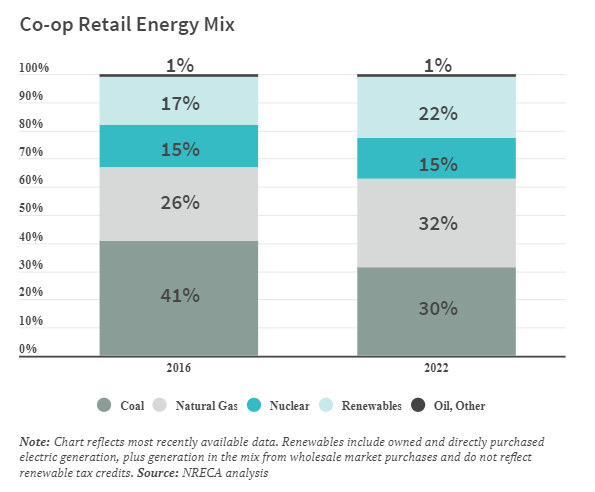
These regulations come at a time when the North American Electric Reliability Corporation (NERC) has already identified the Midcontinent Independent System Operator (MISO) as the region most at risk of rolling blackouts from now until 2028. MISO is at particular risk largely due to coal-plant retirements.
The problem was already going to get worse in the coming years, even before considering the impact of EPA’s power plant rules. MISO estimates there will be more installed capacity on the MISO grid in the coming years, but the amount of reliable capacity will shrink over time. By the Planning year 2028-2029, the gulf between electricity demand and reliable supply could reach 9,500 MW.
This is why NERC identified energy policy as the number one threat to grid reliability in the coming years.
In MISO, EPA’s carbon dioxide regulations on power plants will lead to blackouts. We teased the results in EPA’s Green Leap Forward, but we wanted to wait until the study was published on the North Dakota Industrial Commission website before discussing them here.
You’ll recall that the EPA narrowly defined the scope of its Regulatory Impact Analysis (RIA) to compare the resource adequacy of its proposed rules to its Post-IRA base case. EPA assumed 99 percent of the emissions reductions in its proposal would occur due to the Inflation Reduction Act subsidies in its base case, but the agency did not evaluate the resource adequacy or reliability impacts of this base case.
This is the regulatory equivalent of studying the structural integrity of the top floor of a 100-story building without doing so for the preceding 99 floors.
When we ran a reliability analysis on EPA’s modeled MISO grid using historical fluctuations in wind and solar capacity factors and electricity demand, we determined the MISO grid EPA envisions would cause massive rolling blackouts, which you can see in red in the graph below.
The largest blackout event would be 25,900 MW, which would account for 19 percent of electricity demand in the region. This would leave 8.8 million people in the dark. Geographically speaking, the blackout would cause the states of North Dakota, Minnesota, parts of Western Wisconsin, and the part of MISO that covers Missouri to lose power at the same time.
The blackouts occur because the wind doesn’t show up to work. Using 2020 wind and solar capacity factors and electricity demand, we discovered a sustained wind drought where the wind was operating below EPA’s expected 14 percent capacity factors. You’ll see the blackouts spike as the wind dips down to just 4.2 percent of its potential output.
If EPA’s resource adequacy analysis in MISO was bad, EPA’s analysis for SPP essentially said: “Hold my beer.”
We detailed these findings in our piece 5.2 Million Americans Will Be Left in The Dark by EPA's Carbon Rules on Power Plants, but it bears repeating here. EPA’s modeled SPP grid would cause 13 blackouts over the course of 13 days, which you can see in red in the graph below. The largest of these blackouts would leave 5.2 million people in the dark.
My concluding remarks were brief but grim. EPA does not know what it is doing, and it is playing with fire. The crowd started laughing when the read the line about buying a generator, which prompted me to ask how many people in the audience already had one. You won’t see it in the video, but it seemed like a majority of the 200 people in the room raised their hands.
If you want to watch the video, here are a few things to know (mostly so you get my jokes):
Last year, Grace Stanke, a Wisconsin native who was Miss America in 2023, gave the Keynote at the Dairyland Annual Meeting.
Charlie Berens is a very funny comedian from Wisconsin who has become a fan favorite because of Wisconsin-centric content.
It is interesting to note that Dairyland is already adjusting its resource planning decisions with the assumption that the EPA rules will stay in effect. This negates the common refrain from supporters of the regulations that the regulations won’t go into effect until 2032, so they can’t impose a cost in the near term.
Thank you for reading Energy Bad Boys!
Click the “Speaking Inquiries” tab if you’d like Isaac to present at your event.
Click like, share, and subscribe for more niche Wisconsin humor.
You should really subscribe to Penguin Empire Reports. They do some of the most informative work on Substack and have also graciously provided us with information when we contacted them.
“No wonder Trump thinks he can effectively slam Biden and the Democrats on their climate change approach. They are leaning into an issue and devoting considerable resources to a cause that is fundamentally boutique in nature. Sentiment about electric vehicles has been trending negative and most in the working class now say they would not even consider buying one. Voters are strongly opposed to measures and regulations that would limit the future availability of gasoline-powered cars. And somewhat cluelessly the Biden administration has recently doubled down on doing just that.”
Good.
McKinsey: 46% of U.S. EV owners want to switch to ICE vehicles
“Forty-six percent of current electric vehicle (EV) owners in the United States told McKinsey & Co. they would likely switch back to an internal combustion engine (ICE) vehicle during the firm’s 2024 Mobility Consumer Global Survey.”
In my opinion, EV’s were always a luxury good for rich people who wanted to show off their wealth and get points for “being green” at the same time. A new working paper by researchers at the Energy Institute at Haas found that “clean energy” tax credits have gone predominantly to higher-income filers. Not everyone who has an EV or a heat pump is wealthy, but the numbers don’t lie.






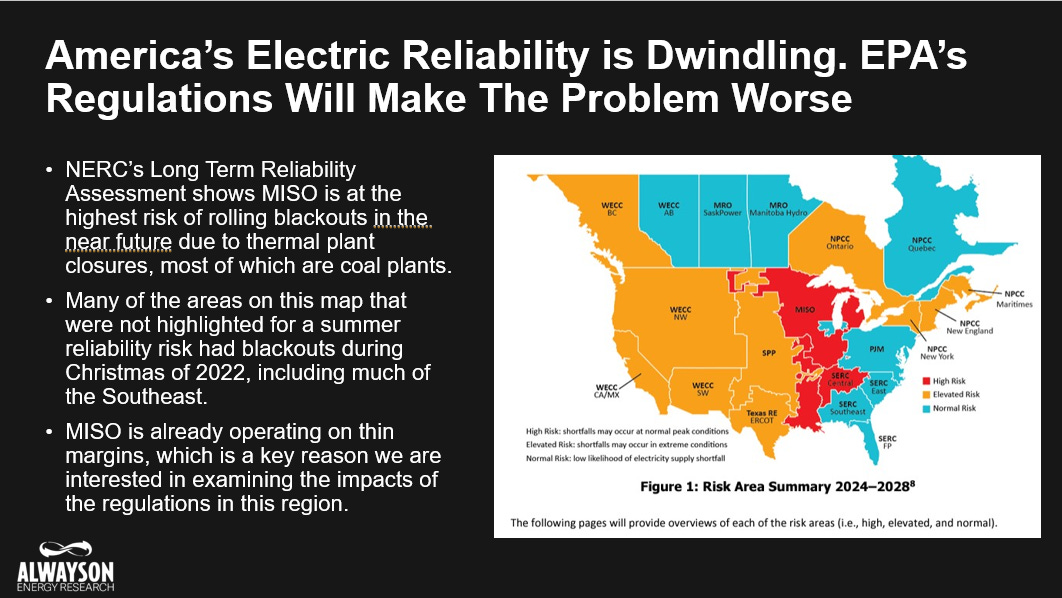
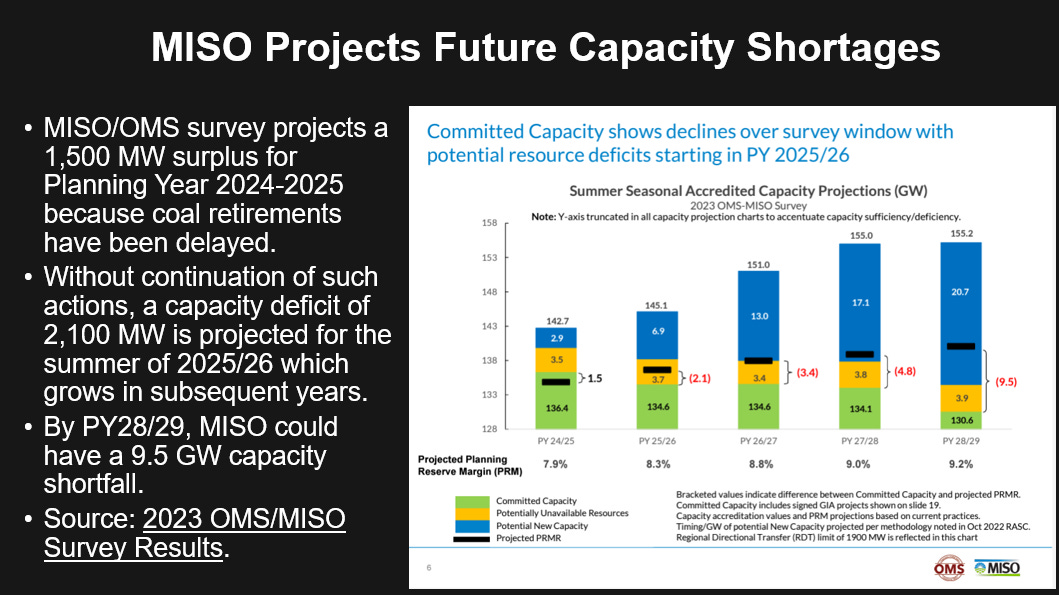
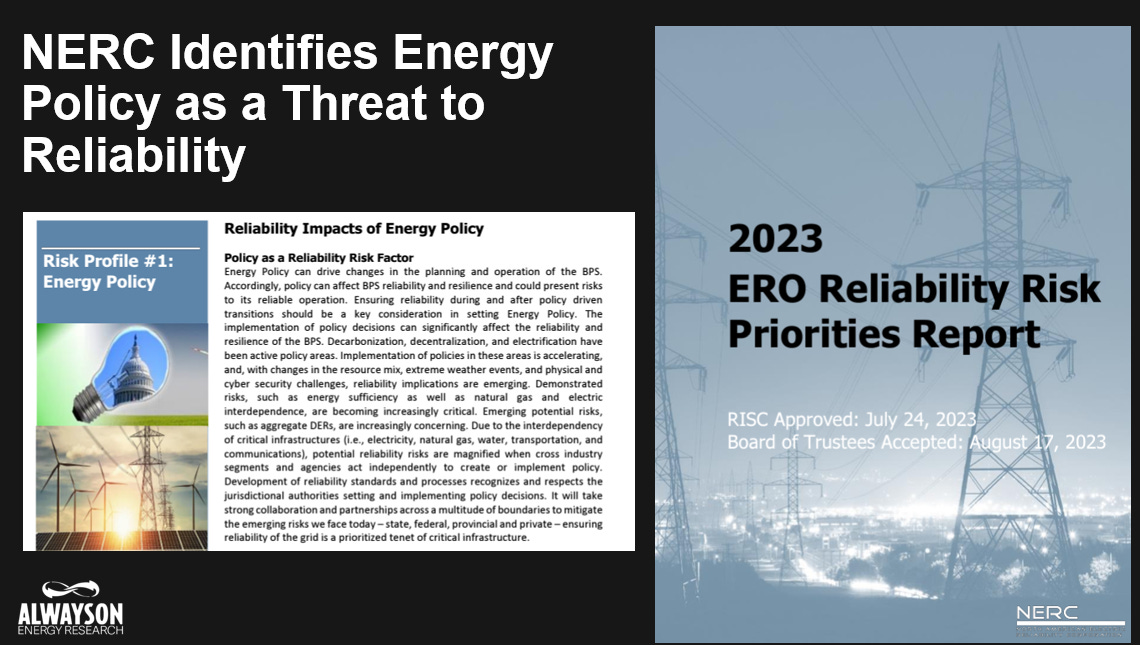
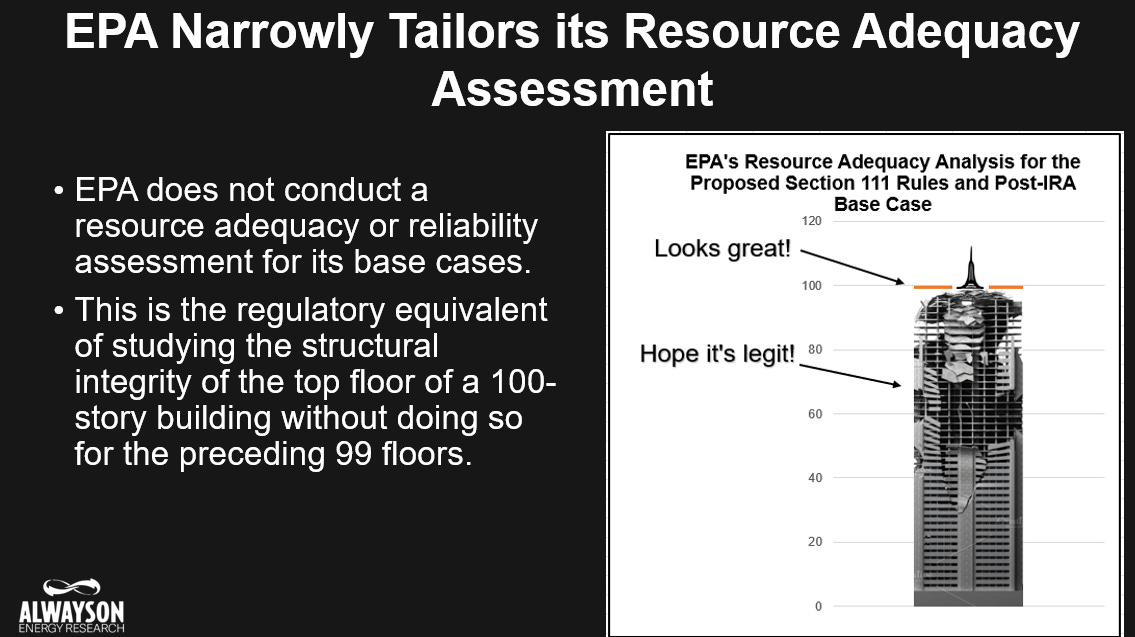
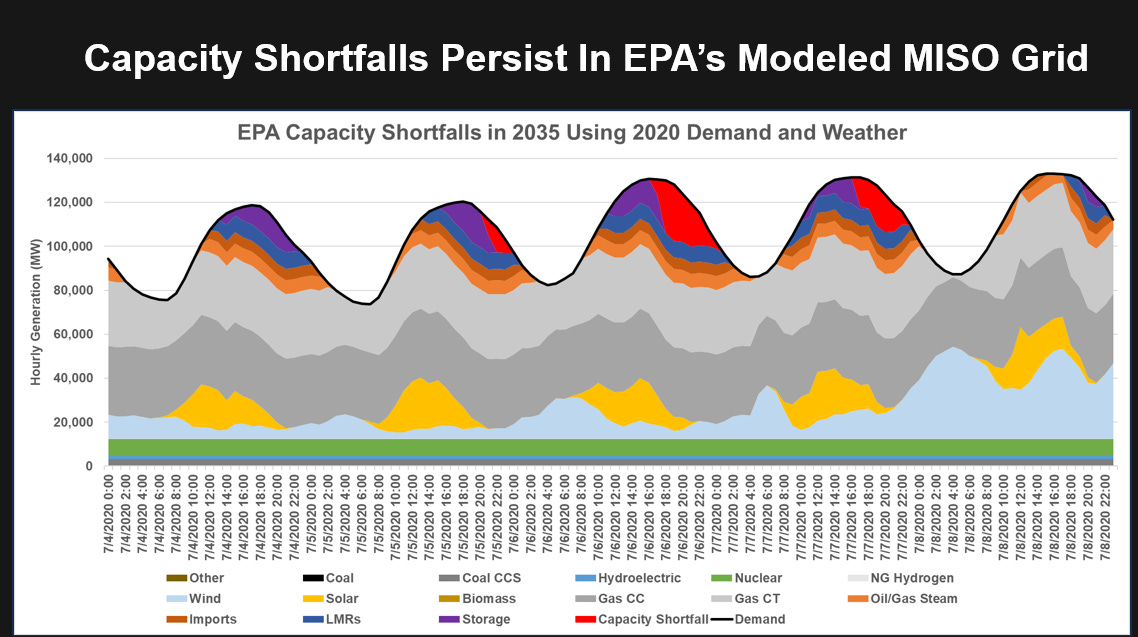
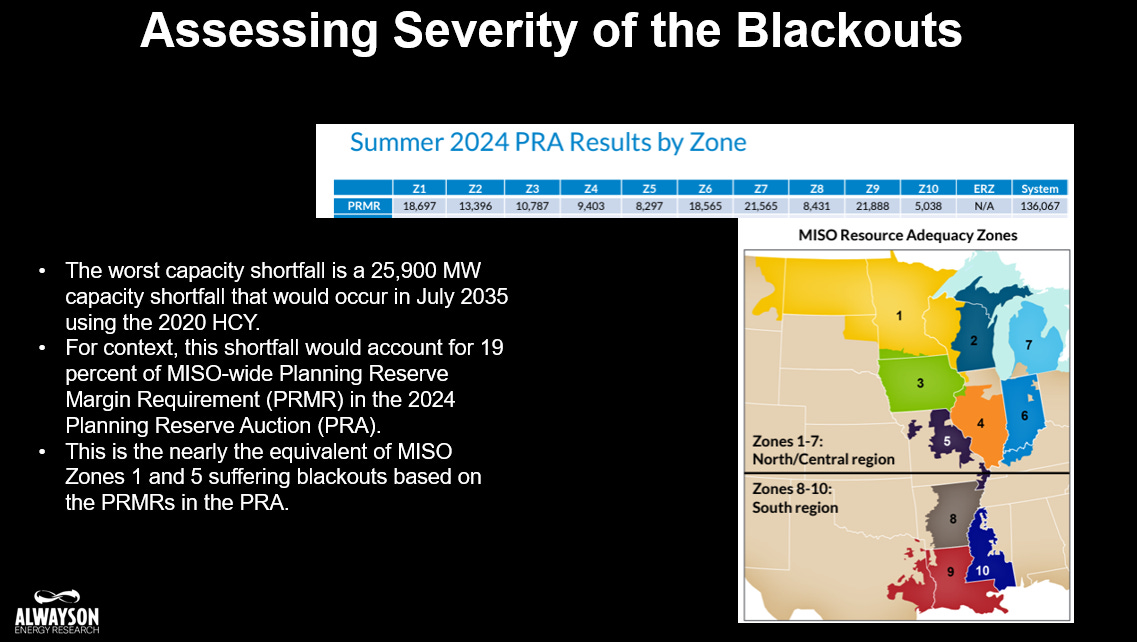
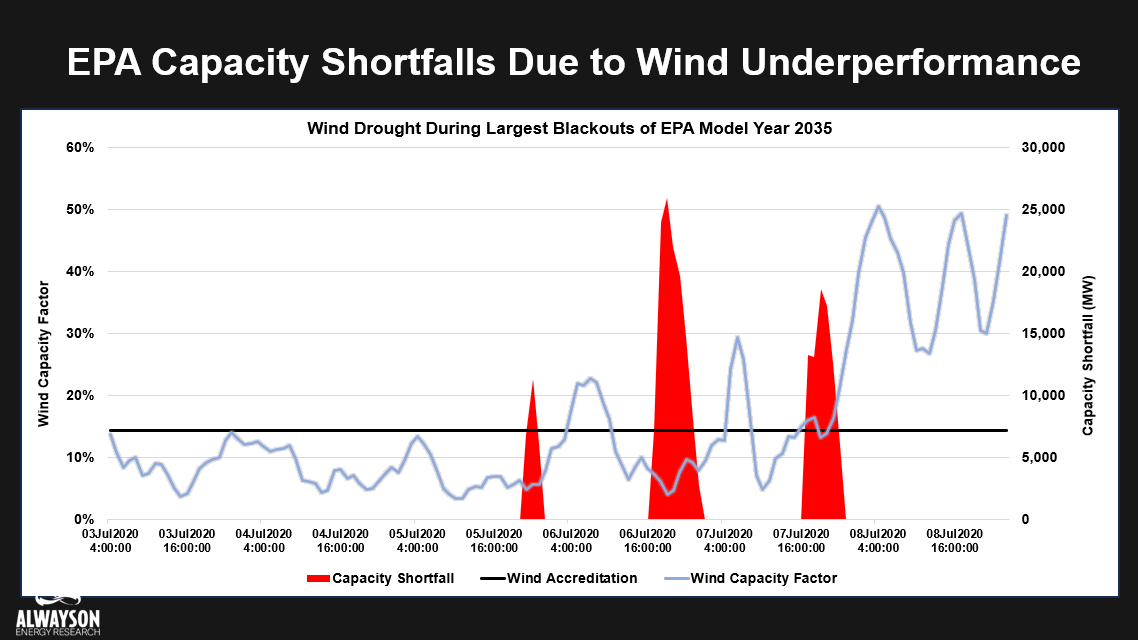
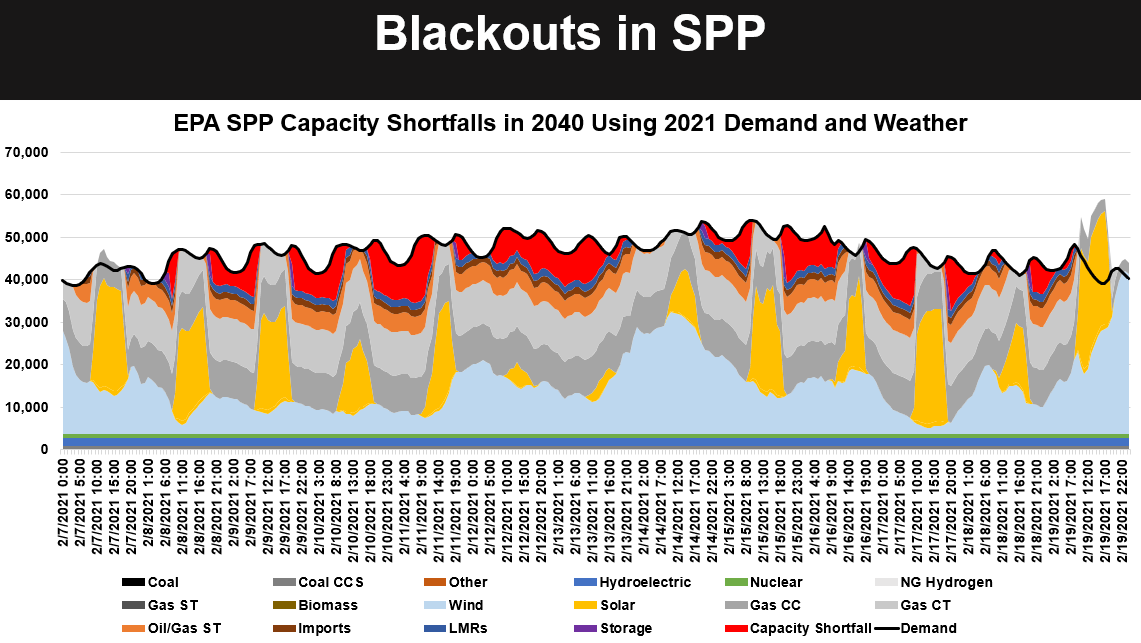
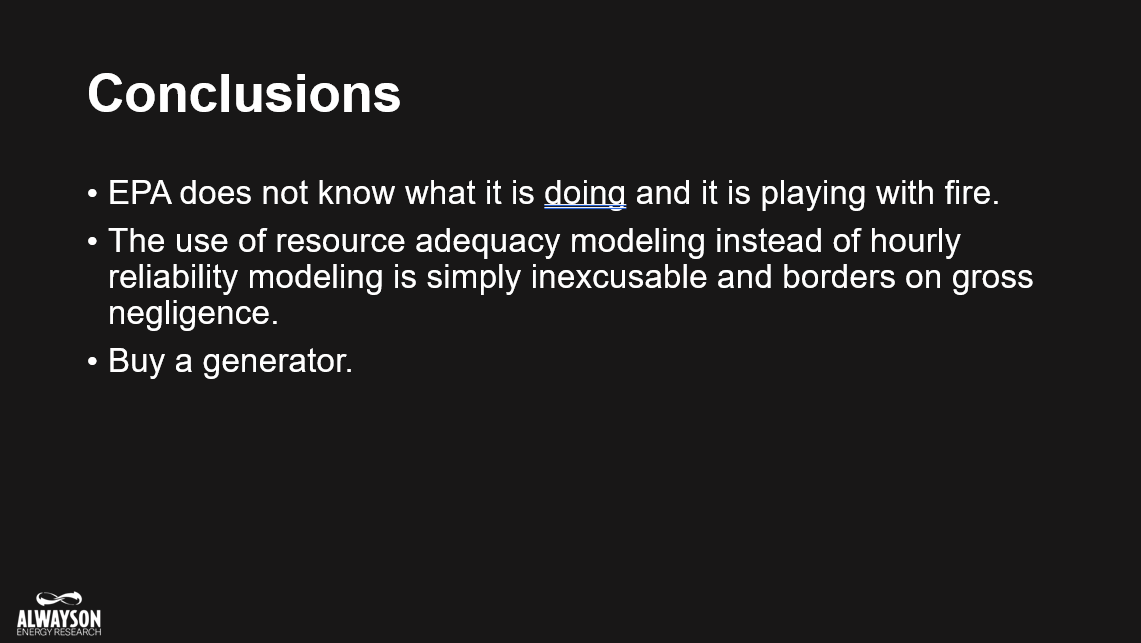

Nicely done, sirs. Thank you.
Late in my career (circa 2010, Obama) I wrote an EIS for a rail project in a western state. The project proponent wanted to build a 40-mile rail spur to interconnect to the national system so that mined coal could be more efficiently moved into the market. The project was "clean," environmentally speaking - no significant impacts to biological, cultural, or historic resources, and would have "removed" 70 heavy-haul trucks from local highways. That action would have reduced maintenance costs for local governments, improved highway safety, and reduced emissions (which wasn't a "thing" then).
In a meeting between the project proponent (a local government), the lead agency, and the EPA, the EPA rep said, point blank, "the EPA will oppose any project that makes it easier to produce coal." That moment was a key in my decision to retire after 40 years in consulting.
The EPA's regs today are not surprising to me; as a federal agency, they have acted more as activists than regulators, and has done more to obfuscate progress and innovation than any political party could have imagined.
This is an outstanding presentation Isaac! Thank you for sharing. BTW, I loved working at Dairyland Power's Genoa and Madgett Stations (1980's & 1990's) and I was aware of the small Allis-Chalmers reactor near the Genoa plant. Your presentation is excellent but what caught my attention was reference to Dairyland. My closing comment. The largest problem I see with the destructive energy policies of Biden and the Democrats is, that we who understand energy and electricity generation are a small minority of the voting population. One of the finest points of your presentation is, it is understandable to some of the 97% of the public that otherwise has a low energy I/Q. I will be sharing to my friends and I hope many others do the same. Thank you for all you do!